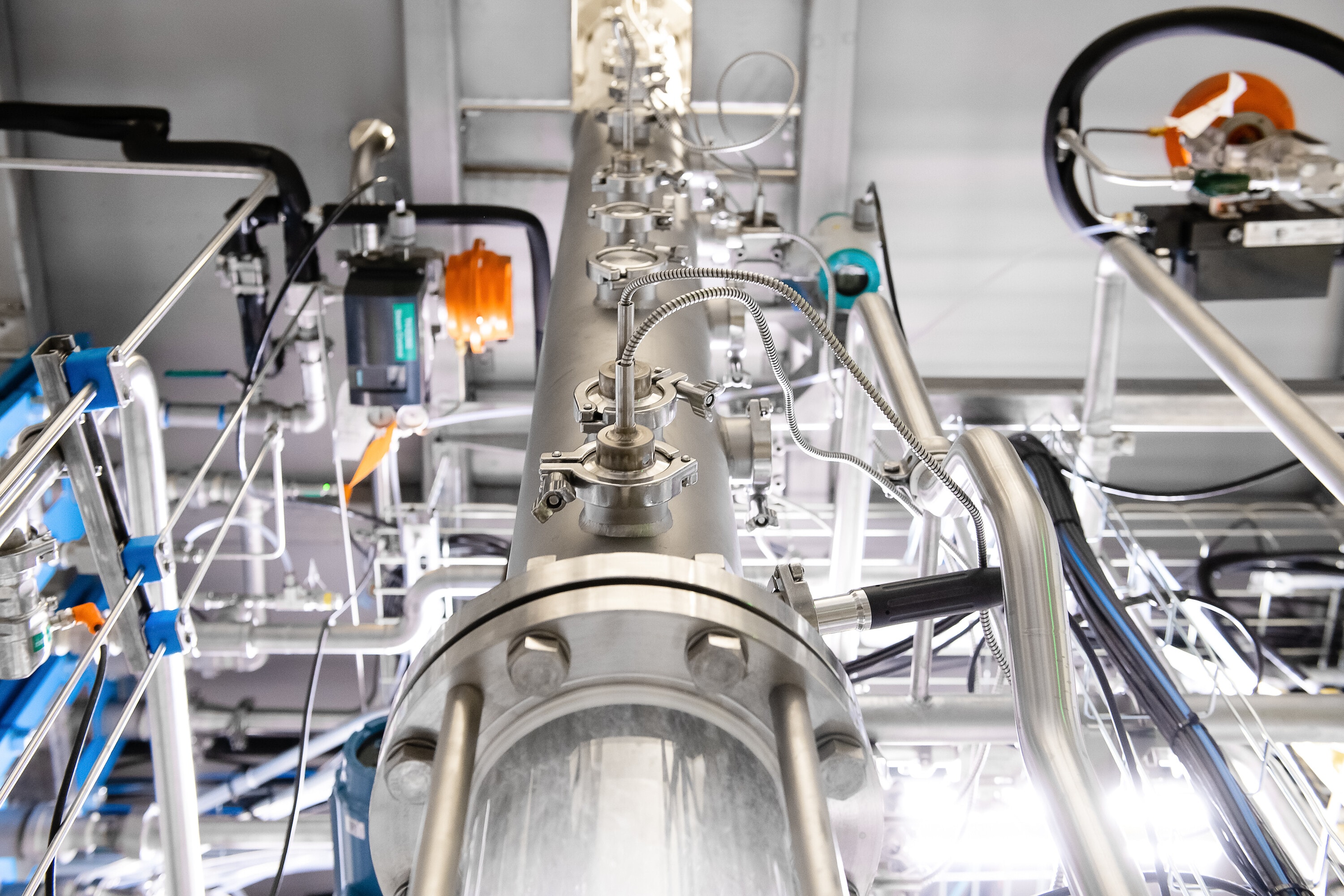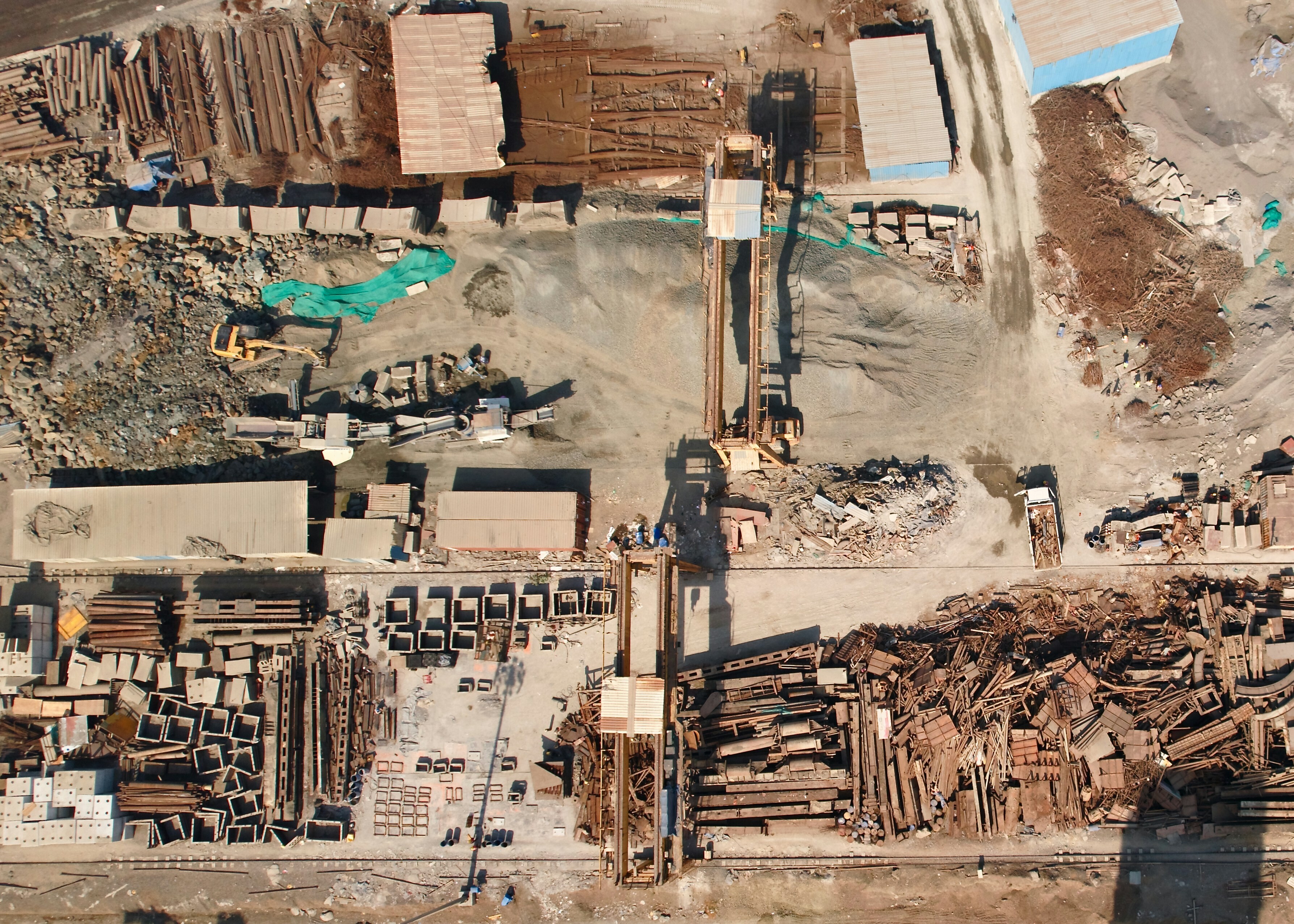What comes after the battery?


Get involved with our crowdsourced digital platform to deliver impact at scale
Stay up to date:
Energy Transition
The ability to store great amounts of energy for later use has been a vexing and urgent issue. No mechanism, save for pumped-hydro technology, currently exists at scale to economically store large quantities of electricity for later use, according to the IEA. Cracking the code could infuse the market with tens of billions of dollars and boost the case for renewables.
US-based Gravity Power aims to overcome pumped-hydro’s topography and land-mass hurdles by sending everything underground. Its system, which links two water-filled underground shafts, involves pistons that then pump water to a turbine to generate power, with the reverse flow pushing the pistons and storing the energy. The firm hopes to build a demonstration plant in Germany this year.
Solar-powered molten salt storage is another developing route, especially those that employ “power towers” that use less molten salt and can be cheaper than parabolic troughs. The Crescent Dunes power tower project north of Las Vegas, Nevada, for example, focuses sunlight to heat a mixture of sodium and potassium nitrate atop a 640-foot tower. The molten salt can be used immediately to steam water and activate a turbine to create power, or it can be stored in insulated tanks for later use. The hope is to create and/or store 500 GWh of energy annually: enough to power some 46,000 homes annually in the US and even more households in more energy-conservative areas. Falling solar PV costs could soon make solar-power molten storage directly competitive with fossil fuels, according to a Clean Technica interview with Paddy Padmanathan, head of Saudi Arabia’s ACWA Power.
In the battery realm, scientists are working to surmount the limitations of large lithium-ion batteries, which can overheat and short-circuit. Tesla and Panasonic are betting on smaller, networked li-ion batteries that are interwoven with liquid cooling systems. Meanwhile, Stanford researchers are using carbon nanostructures to create the batteries with a stable, pure lithium anode. The nanostructures keep the lithium stable as it heats and expands during charging cycles. According to the scientists, they also enable a higher degree of efficiency (99%) over a larger number of charging cycles (150).
Used batteries from electric vehicles also are being given a try as part of the Second Life Batteries alliance among Bosch, BMW and Swedish power company Vattenfall. A 2 MW/2 MWh large-scale energy storage system is being built in Hamburg using rehabilitated BMW li-ion EV batteries.
Some researchers are bypassing batteries altogether: MIT researchers Joel E. Schindal and John Kassakian are growing carbon nanotubes on the interior surfaces of ultracapacitors, which can store large amounts of electricity and release it in single bursts. Traditionally, ultracapacitor storage has not been able to compete with conventional lithium-ion batteries. Researchers believe nanotubes could change that.
Energy storage capacity could soon be supercharged.
This article is published in collaboration with GE Look Ahead. Publication does not imply endorsement of views by the World Economic Forum.
To keep up with the Agenda subscribe to our weekly newsletter.
Author: Holly Hickman writes for GE Look Ahead.
Image: Batteries saving electricity produced by solar power is seen at PetroChina’s Yizhuang gas station which has solar power system in Beijing. REUTERS/Kim Kyung-Hoon
Don't miss any update on this topic
Create a free account and access your personalized content collection with our latest publications and analyses.
License and Republishing
World Economic Forum articles may be republished in accordance with the Creative Commons Attribution-NonCommercial-NoDerivatives 4.0 International Public License, and in accordance with our Terms of Use.
The views expressed in this article are those of the author alone and not the World Economic Forum.
Related topics:
The Agenda Weekly
A weekly update of the most important issues driving the global agenda
You can unsubscribe at any time using the link in our emails. For more details, review our privacy policy.
More on Energy TransitionSee all
Liam Coleman
April 25, 2024
Tarek Sultan
April 24, 2024
Jennifer Holmgren
April 23, 2024
Ella Yutong Lin and Kate Whiting
April 23, 2024
Nick Pickens and Julian Kettle
April 22, 2024






